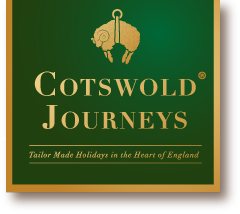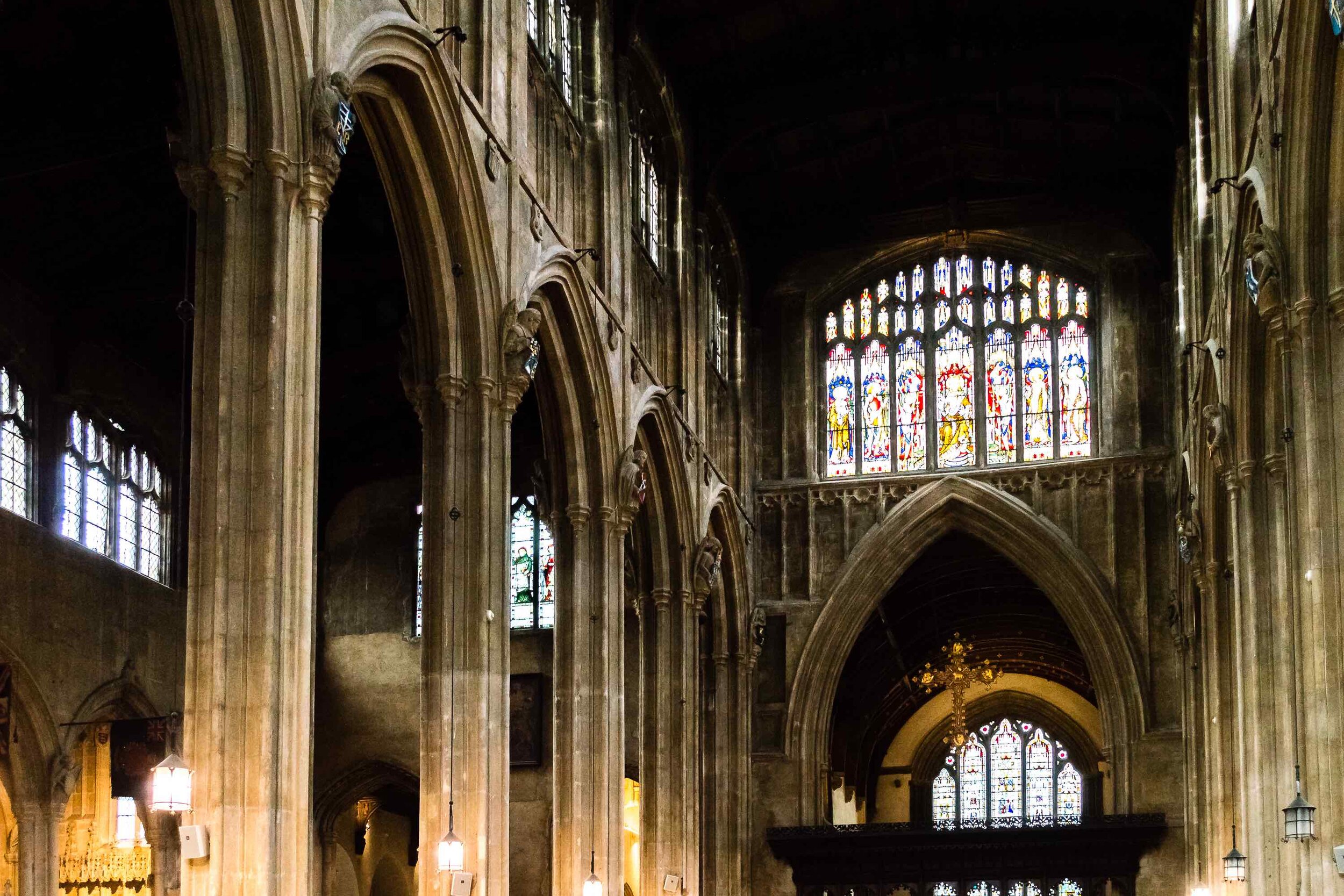It goes without saying that a church is a place of worship. But the fact is that today, when religion is no longer universally followed, churches can have a supplementary role in our lives, as three-dimensional representations of our history. In fact, in England, there are no more accessible and expressive sources of our past than in our ancient churches, an example of which is in every village throughout the Cotswolds. From the churches, we can know our past, just as if we reading about it. Today I went to Cirencester and spent an hour in what is perhaps England’s largest parish church, which stands, cathedral-like, in the town centre, on the fringe of the market square. To enter through its sixteenth-century fan-vaulted porch is to be immediately surprised at two things – first, unlike most churches it is warmer inside it than outside it (courtesy of a new heating system), and second, at its vastness. Your gaze is unavoidably transported upwards to the nave roof, which, courtesy of local Cotswold wool merchants, was raised in the early sixteenth century by a further twenty feet above its original and already impressive twelfth-century beginnings. The arches separating the nave from the aisles are tall and slender so the church is light, airy, and not remotely oppressive.
Cirencester’s church owes its grandness to wool because it was wealthy medieval and Renaissance merchants who ensured their immortality by paying for it to be enlarged to its current proportions. In the Trinity Chapel, there are some magnificent brasses to these merchants, pictured surrounded by wives and children, feet firmly on the source of their prosperity, a staple of wool. Above your head in the Lady Chapel is a wonderful medieval wooden ceiling, in which is concealed, eccentrically, a carving of a cat and a mouse. Beside the fifteenth-century pulpit is an hourglass (no longer used apparently) to prevent the sermon from continuing beyond what was bearable for the congregation. There are ancient chests, fragments of medieval murals, and a cup made for Anne Boleyn and later given to her daughter, the future Queen Elizabeth I.
One thing that caught my eye – was a poster advertising the showing of the original silent film ‘Phantom of the Opera’, starring Lon Chaney, to be accompanied by music courtesy of the church organ. Now, that’s what I call bringing religion to the people. Or, more honestly, enticing people to a place of religion and helping to pay for its upkeep.


0 Comments